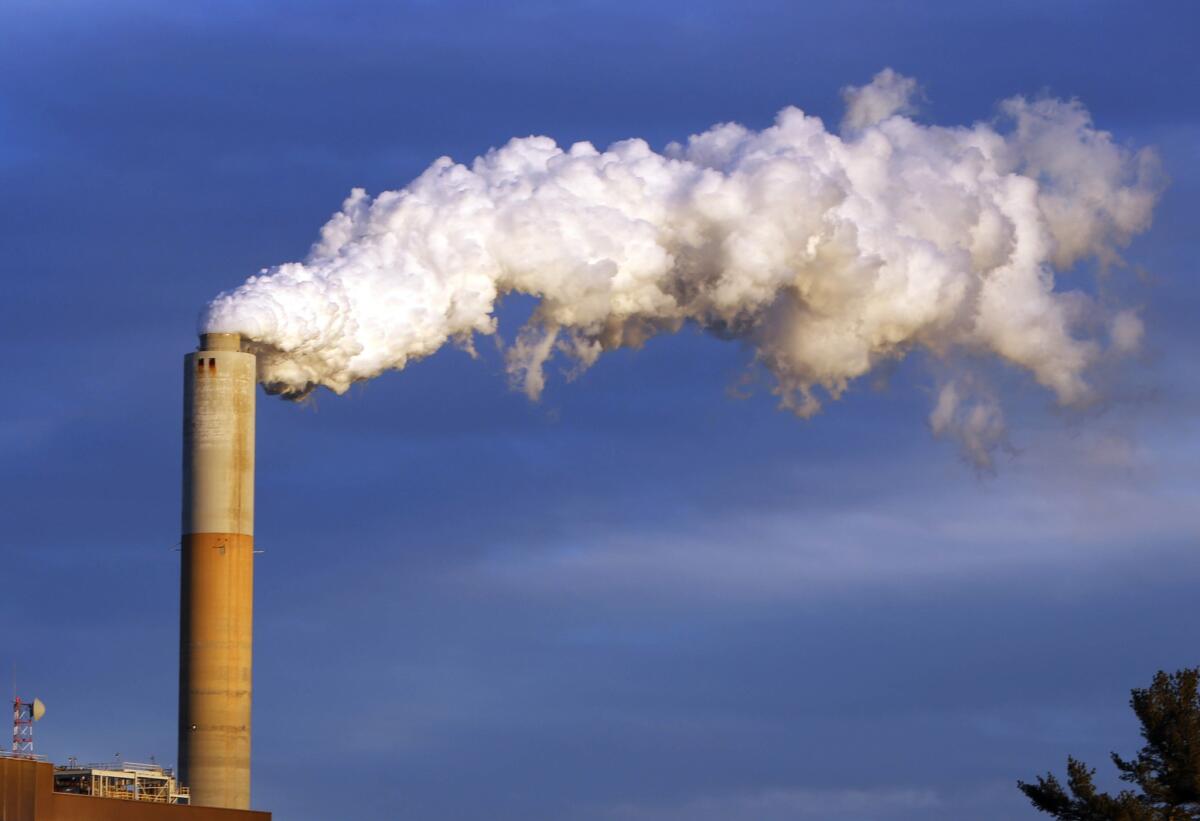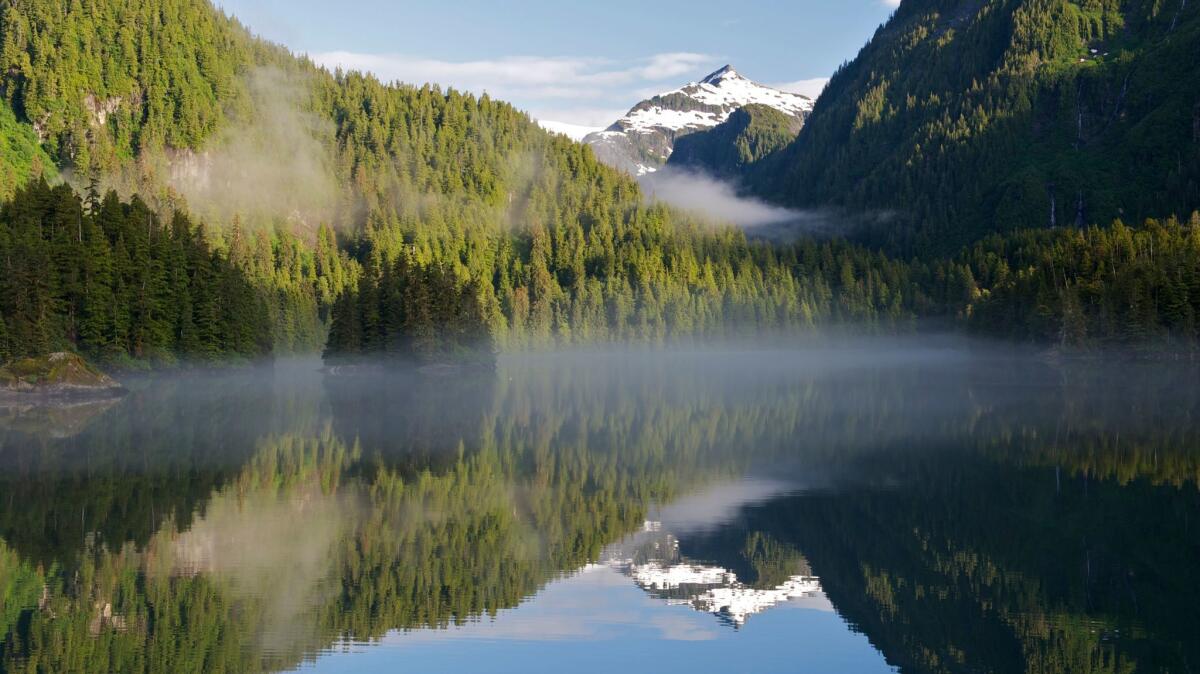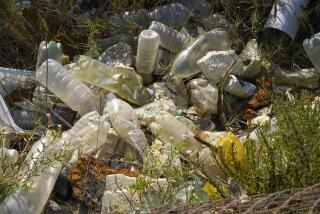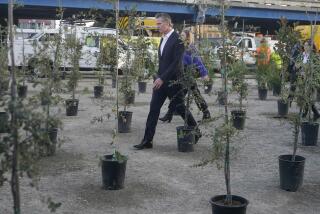Here’s how the Obama administration proposes to reduce greenhouse gases

Plant hundreds of millions of trees. Drastically reduce the burning of fossil fuels for electricity and transportation. Perfect and employ new technology to capture and store carbon.
These are among the aggressive steps that U.S. officials outlined Wednesday as probably necessary to limit the worst effects of climate change. Presented at the United Nations climate conference in Marrakech, Morocco, the proposal has a futuristic name that evokes its ambition: The Mid-Century Strategy for Deep Decarbonization.
The outline is not a formal policy but a road map showing ways the U.S. can reduce the greenhouse gas emissions that cause climate change by at least 80% below 2005 levels by the year 2050. That would significantly escalate the Obama administration’s current plan to reduce emissions between 26% and 28% by 2025.
The strategy would depend on a blend of technological advances, market forces and government policies — and that blend can be flexible depending on how all three evolve and which ones work best. Here are some highlights from the 111-page report:
Slashing fossil fuels and rapidly expanding renewable energy
The largest gains, by far, in reducing greenhouse-gas emissions would come from rapidly scaling down the use of fossil fuels to provide electricity for homes, buildings and industry, and fuel for transportation. (Read: electric vehicles are the future.) This would be done by expanding wind, solar and nuclear power, modernizing the electric grid to make it more flexible to transmit new forms of energy and expanding regional plans that put a price on carbon, such as California’s cap-and-trade program. The plan proposes doubling current levels of investment in clean energy technology by 2050.
Sequestering carbon
This would require a blend of changes in land use to increase the so-called land sink that captures carbon naturally and through new technologies.
The report projects that the U.S. would need to add about 50 million acres of forests, vastly expanding the volume of trees that can store carbon that is emitted into the air. For perspective, the Tongass National Forest in Alaska, the country’s largest national forest, is about 17 million acres. The plan says this could be done on federal land and through policies that encourage private landowners to plant forests. It also says that farming can be improved to increase carbon sequestration in fields and that urban growth must be controlled to limit land loss.
The report proposes new investment in experimental technologies that would remove carbon from the air, but it emphasizes that these mechanisms must not have damaging side effects. If they are not successful, the goals of the plan potentially could be met through reductions from other efforts.

Reduce non-carbon emissions that contribute to climate change
This includes methane, which is often released in the production of natural gas and oil. (Just this week, the Obama administration finalized new rules intended to reduce methane leaks in energy production.) It also includes reducing nitrogen-based fertilizers and finding ways to reduce methane emitted from livestock farming. It also presumes reductions in hydrofluorocarbons, which are emitted from air conditioners and refrigerants.
The Trump factor
The report has been developed over many months, long before Donald Trump became president-elect. He has called climate change a hoax and said he would “cancel” the Paris climate accord. It notes that the Obama administration has taken substantial action to reduce emissions but it also emphasizes that future administrations will have to do their part, saying that “achieving deep decarbonization will require longer-term and increasingly ambitious policy action.”
ALSO
Climate change is real: Just ask the Pentagon
One looming consequence of climate change: Small island nations will cease to exist
State Senate leader Kevin de León heads to Morocco for conference on climate change
More to Read
Sign up for Essential California
The most important California stories and recommendations in your inbox every morning.
You may occasionally receive promotional content from the Los Angeles Times.











